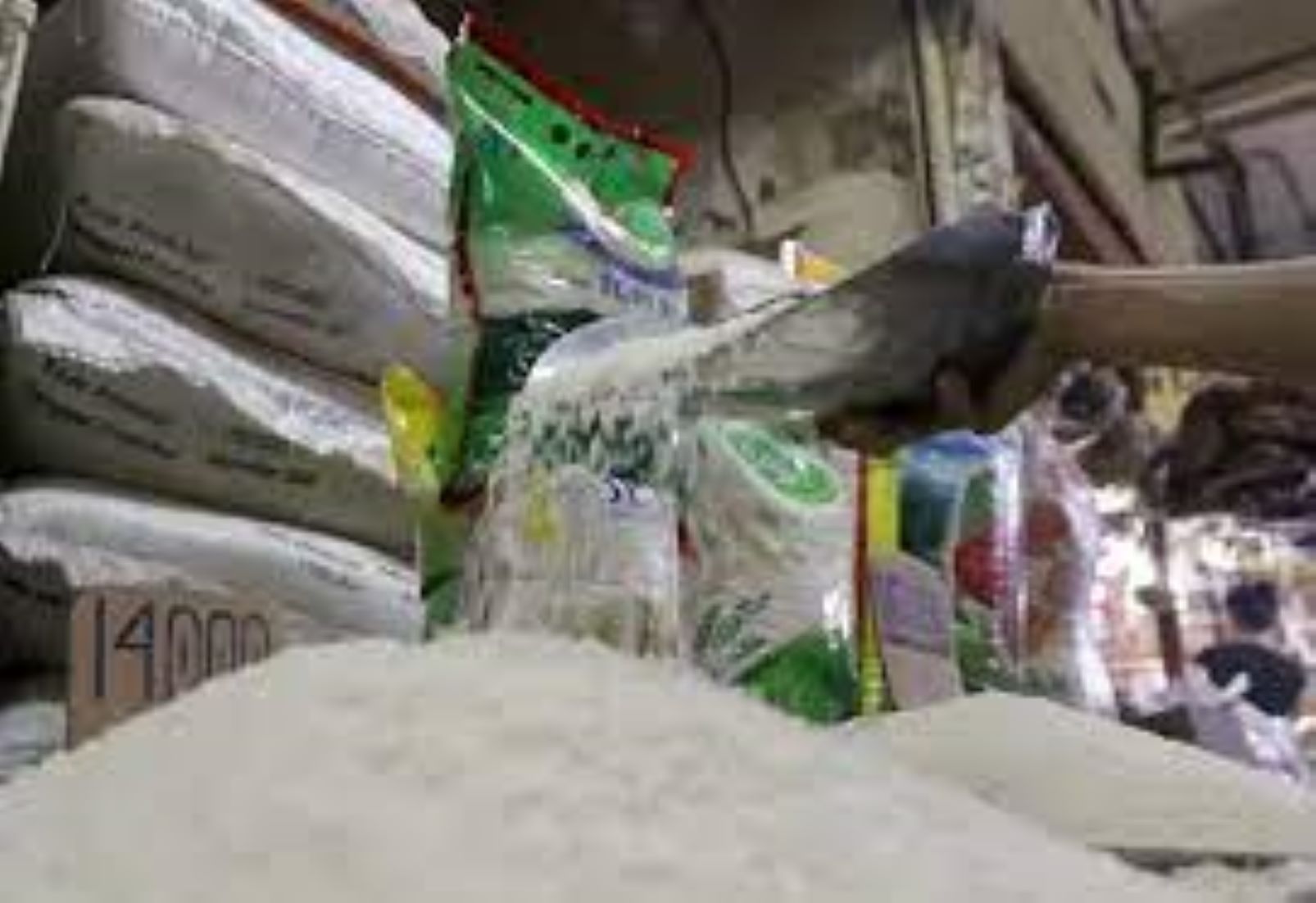JAKARTA, Mac 28 (NNN-ANTARA) – Indonesia is the world’s third-largest rice producer and rice is essential in the country’s dining tables. However, Indonesian people have been struggling with soaring rice prices in the last few months.
As of yesterday, local media reported that rice prices in some regions across the country are still skyrocketing, ranging from 12,000 to 17,000 rupiah (0.76 to 1.07 U.S. dollars) per kilogram, the highest in its history. The average normal price should be around 9,000 rupiah (0.57 dollars).
Revenues of rice sellers in traditional markets were reportedly dropping, while restaurants revealed that they had to reduce the portions served to customers because they could not simply raise dish prices. The surging rice prices also reportedly triggered price hikes in other basic ingredients, such as onions and chillies.
Secretary-General of the Market Sellers Cooperation Centre, Ngadiran, said, the increase in rice prices had occurred since four months ago, forcing many households to buy fewer portions of rice than they used to in normal days.
“Fluctuations in prices of staple food are normal to happen, but this one is the most unpredictable increase, with no clear factors,” he said.
The Indonesian government revealed some factors that caused the surging prices. Indonesian President, Joko Widodo, said that, rice production nationwide had been reduced due to crop failure brought by extreme climate change.
“There is such a thing as an extreme change in weather, which disturbs the harvesting and then reduces the production, making the price go up. But the price hike in rice occurs not only in Indonesia, but also all countries across the globe,” Widodo said recently.
According to the National Food Agency, Indonesia needs no less than five million tonnes of rice for Jan-Feb, or 2.5 million tonnes each month. However, the country could only produce 900,000 tonnes in Jan and 1.3 million tonnes in Feb.
Widodo asserted that, as one of the solutions to make staple food accessible, the government had distributed rice for middle-lower income families, providing 10 kg of rice every month.
Local media reported that hundreds of people in various regions were willing to queue for hours in order to get the rice provided by the government through market operations.
The Presidential Staff Office said Monday that, rice prices would not likely fall in the near future, as demands for food during the Eid season were strong. It added that another factor contributing to the soaring price is the rising labour costs, particularly ahead of the Eid celebration day and holiday season.
Eid al-Fitr, celebrated by Muslims after a month-long fasting, is one of the most anticipated celebrations in the Islamic world. Indonesia’s regulation also requires employers to give Eid bonuses to all their employees.
By tradition, every Eid day, families should ritually gather and serve a lot of authentic Eid food. Ketupat, made of rice packed inside a palm leaf woven into a diamond shape, is one of the must-have dishes on the table for Eid day.
Agricultural observer, Bustanul Arifin, from the University of Lampung in Sumatra, predicted that the price hike would likely last till the Apr, 2024, harvest season.– NNN-ANTARA






